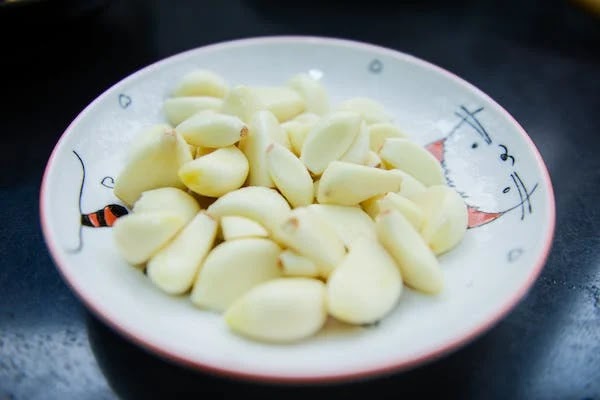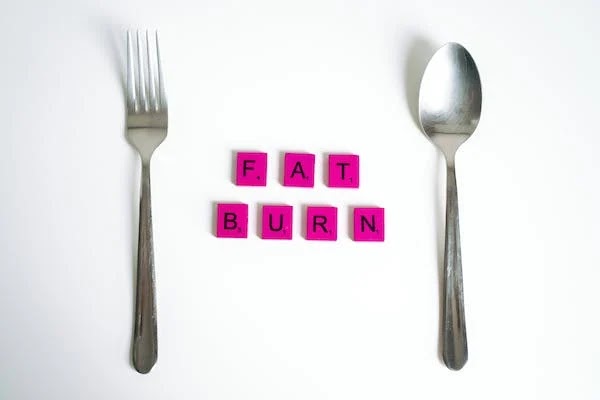
Which foods are sources of hydrogen ?

What are the benefits of Hydrogen ? How does Hydrogen enter our body ? Which foods are sources of Hydrogen ? | Nutrition
When we consume carbohydrates, our bodies break down the food into simpler components such as glucose. After further digestion the body splits the glucose into carbon, oxygen and hydrogen.
The hydrogen ions are then transported to the mitochondria, which, as we may recall, are the powerhouses of the cell. Our bodies are then able to use this energy to complete daily tasks, such as waking up, going to work and dropping our kids off at school.
We have heard the name hydrogen bomb but know very little about the use of hydrogen inside our bodies.
The first element on the periodic table is Hydrogen. The most important function of hydrogen in the human body is to keep people hydrated or fueled. Water is made up of hydrogen and oxygen and is absorbed by body cells.
Hydrogen is the jack of all trades and plays an active role in helping the body perform in all its sports.
More Read : Which drinks are effective for quick weight loss ? | Weight Loss Tips
The third most prevalent element in the human body and a necessary component for life is hydrogen. Water plays a crucial role in the formation of biomolecules like DNA. Hydrogen is a component of the chemical structure of water and other macronutrients like carbohydrates, proteins, and lipids. This implies that every food contains hydrogen in some form or another.
The functions of hydrogen in our body are endless.
What are the benefits of Hydrogen ?
Benefits of Hydrogen:
- Keeps cells and body hydrated
- Removes toxins and waste from the body
- Ensures the joints are lubricated
- Facilitates the delivery of nutrients to distant and bodily organs
-Helps the immune system to be active and alert.
How does hydrogen enter our body ?
Hydrogen is very rare on Earth in its pure form, although it can be found as a part of many other substances that humans consume. Although hydrogen is a necessary part of the diet of almost every organism, almost all obtain it as part of some other food source. The exception is a few types of bacteria that produce their own energy from pure hydrogen atoms.
For humans, water is the most typical source of hydrogen. The well-known chemical formula for water, H2O, indicates that hydrogen is the primary component of water. The water that hydrogen helps make is not only used as a medium to transport electrolytes throughout the body, but also as a key component in chemical reactions that the body uses to produce energy. This process, known as hydrolysis, occurs when the body harvests energy from food in the form of chemicals such as adenosine-5'-triphosphate, or ATP. Energy from ATP combines directly with water. In order to create additional tiny particles like inorganic phosphate, hydrogen and oxygen atoms must first combine to release energy for the body's cells to use.
More Read : What are Chia Seeds ? What are the benefits of Chia Seeds ? What are the side effects of Chia Seeds ? | Nutrition
Hydrogen in food
Hydrogen can also enter the body through food in other ways, of course. The element is part of the various substances on Earth, which humans consume. Carbohydrates such as sugars and starches use hydrogen as the primary building block and are one of the most important energy sources for humans. The body takes these simple carbohydrates and breaks them down to produce chemicals it uses for energy through hydrolysis. Protein, the building blocks of cells, is also partly made of hydrogen, so when people eat protein-rich foods like meat or legumes, they take in more hydrogen. Fats, too, use hydrogen as a primary component in their nuclear structure, along with nucleic acids and bones, although these are not often eaten by humans.
You may now be considering how to eat more hydrogen. Water is the simplest way to obtain hydrogen because it contains all the necessary ingredients. Additional sources include foods like fruits and vegetables, which are rich in carbs and good fats like those found in fish, almonds, and avocados.
Which foods are sources of Hydrogen ?
Some foods are rich in hydrogen in below :
Water:
Drinking water throughout the day will keep us hydrated. Water is an essential nutrient found in all parts of our bodies. Each water molecule has one oxygen atom and two hydrogen atoms. Water dissolves many substances in our body, such as vitamin C and B vitamins, and plays an integral role in cell structure and chemical reactions. Hydrolysis is a chemical reaction in which certain chemicals are broken down by adding water. Hydrolysis is part of the chemical process that breaks down carbohydrates, proteins, and fats to produce adenosine triphosphate, also known as ATP, a molecule that stores energy.
Carbohydrates:
Healthy sources of carbohydrates that also contain hydrogen include fruits and whole grains. Carbon, hydrogen, and oxygen are the three elements that make up the molecules known as carbohydrates, or sugars. The chemical structure of glucose, the simple sugar our cells use to metabolize energy, contains six carbon atoms, 12 hydrogen atoms, and six oxygen atoms. Types of sugars in food include fructose, also known as fruit sugar; lactose, also called milk sugar; and sucrose, a disaccharide that contains glucose and fructose. Glycogen is a large compound made up of numerous glucose molecules that stores sugar in the liver and muscles.
More Read : Is chocolate bad or good ? What is dark chocolate ? The magic of chocolate | Heath Tips
Protein:
Meat, poultry, fish, dairy, and legumes are proteins made from amino acids that are a source of hydrogen. Amino acids can have different chemical structures, but all amino acids contain carbon, hydrogen, oxygen, and nitrogen. Amino acids that also contain sulfur include cysteine and methionine. Our bodies digest protein by breaking it down into amino acids, which our liver can break down further or convert into other amino acids, proteins, or other substances.
Fat:
A kind of macronutrient made up of carbon, hydrogen, and oxygen is known as fats, sometimes known as lipids. Healthy fats, such as monounsaturated fatty acids and polyunsaturated fatty acids, are found in nuts, seeds, vegetable oils, avocados, and olives. Omega-3 fatty acids are a type of polyunsaturated fat found in fish, walnuts, and flaxseeds. Unhealthy fats include saturated fat in meat and dairy, and trans fat in processed foods. Fat is a solvent for vitamins A, D, E, and K and helps our bodies absorb these nutrients from food. Fats are part of cell membranes and substances called phospholipids in our brain.
Additionally, many researchers believe that some of the adverse side effects of aging may be related to free radicals in the body. Hydrogen can effectively protect the body against free radicals and significantly slow down the aging process.

.jpg)



.webp)
